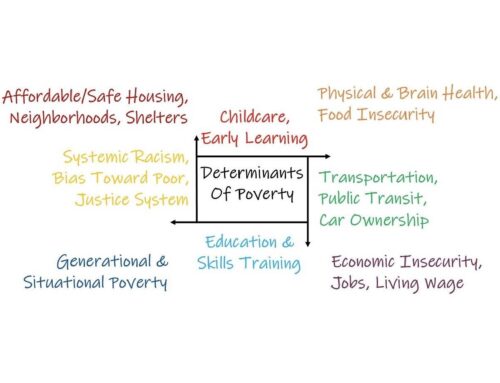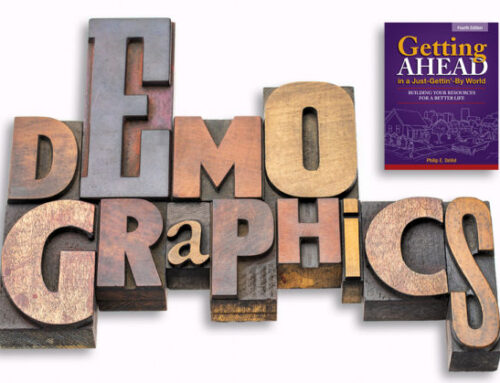We often get calls at Community Collaboration and Integration (CCI) from folks that have attended a Bridges Out of Poverty training and want more information about our MPOWR system and our relationship with Bridges. I think the best way to understand why our partnership works is to understand where CCI came from…
CCI was formed out of Carpenter’s Place Homeless Day Shelter. Our CEO, Allan Barsema, had been a builder by trade and was drawn in by the homeless individuals who congregated near his office. He started stepping outside to meet these people and asking questions about their lives. He discovered that he had the skills to build some of the things they needed: showers, lockers, and a place to go during the day…so he built them. Those of us that work in human services know that once engaged, it’s nearly impossible to walk away, so eventually Al chucked the building-construction trade for a different kind of “building.” He and his wife Cathy, opened the doors of Carpenter’s Place in June of 2000 and set out to help the homeless population rebuild their lives.
However, like any construction project, Al soon realized there were barriers that made it difficult to complete the job. The most glaring was that while the available case management tools did a great job of reporting agency outcomes, they did little to help the individual. Responding to this need, Al and a team of developers created MPOWR, a holistic tool that addresses 15 Areas of Life and allows the individual to be at the center of their own plan (sound familiar?). Thus, CCI was born.
Enter Bridges consultant Jodi Pfarr. Several years ago, it was suggested to Al that CCI and Bridges had like-minded missions. Al was attending a conference in Jodi’s hometown and decided to give her a call. Al described the encounter this way, “Jodi had been painting her house. She came out to meet me, covered in paint. Anyway, I demoed the MPOWR system and she got Bridges Out of Poverty author Phil DeVol on the phone.” I haven’t verified this with Jodi so I cannot testify to the validly, but I do know this—we’ve been working with Bridges for about five years and now have a powerful set of assessment and planning tools that will increase the likelihood of an individual’s success.
MPOWR’s 15 Areas of Life provide a structure to comprehensively address the tangible areas of life such as assistance with housing, addictions, or legal issues while Bridges 11 Resources provide a framework to identify the value of, and progress toward, the attainment of some of the more intangible areas of life, such as knowledge of hidden rules and the formal register.
We’re huge fans of Bridges Out of Poverty and it’s always encouraging for us to hear from agencies that are excited to put the Bridges concepts to practice. We believe in solutions and we believe the Bridges concepts are a major part of the solution to ending poverty in America. We also believe that it will happen; it’s why we do what we do.
Marlana Dokken
Collaboration Facilitator
Community Collaboration and Integration








